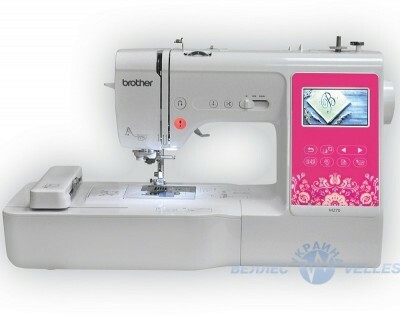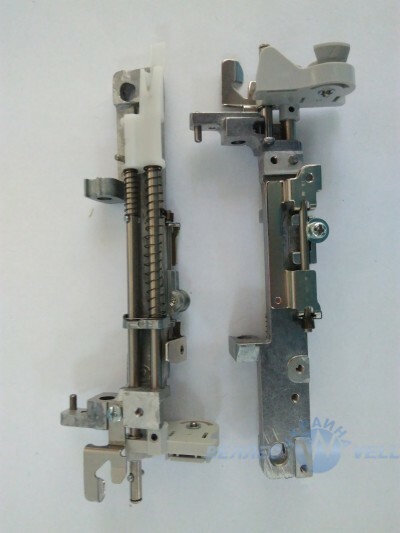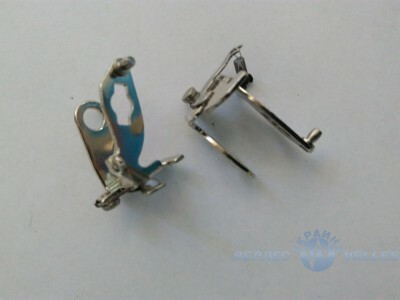As with any other technique, some kind of trouble can also arise with a sewing machine. Troubles, up to breakage, can appear for various reasons: from user errors to the exhaustion of the resource of some elements. In the event of a problem, you should understand which one you can deal with on your own, and in which cases it is advisable to contact the repairman. As a last resort, you can always buy spare parts on a sewing machine in the Welles Shop online store.

What can be eliminated
Let's look at the most common cases.
- the thread constantly breaks or the seam loops. The case may lie in the thread - it may be incorrectly wound on a bobbin or tucked in, its tension is incorrectly adjusted. The needle and thread may be of poor quality and need to be replaced. In addition, the seam can loop due to the fact that the lower and upper threads are very different in thickness;
- the thread is tangled. In this case, you need to rethread the thread according to the instructions, reinstall the needle and the bobbin case;
- skipped stitches - the needle is of the wrong thickness, incorrectly installed or damaged. It may also be the spool, the needle plate, the foot with defects or the weak pressure of the latter;
- the fabric is chewed - you need to change the needle or the needle plate;
- the needle breaks - its thickness does not match the threads and material. The foot can also be involved here - a large amplitude of its movement has a negative effect.


You can replace the needle, plate, bobbin yourself by purchasing spare parts and consumables in a specialized store. In this case, it should be borne in mind that a deeper intervention in the mechanism of the sewing machine can lead to its serious damage.
When to Call a Professional
It is important to understand that the mechanical parts of the unit wear out over time - this is inevitable. This may be indicated by the appearance of a non-standard sound, after which you need to stop using technicians and call a repairman who will replace the part with knowledge of the matter.
Professional intervention is also required if:
- the spool does not turn well - the rotation mechanism wedges;
- the thread tension is not adjustable - the elements of the regulator have ceased to interact or are out of order;
- the thread touches the bobbin case and gets tangled or breaks;
- hook and needle are out of sync so stitches are skipped;
- the material does not advance well due to problems with the rack;
- heavy running of the machine;
- there is no transmission of rotation to the needle bar from the drive.
This is not all that can happen to a sewing machine, but any problem can be solved with the help of quality spare parts and an experienced craftsman who will replace them.
Informational article from the Welles Shop.
